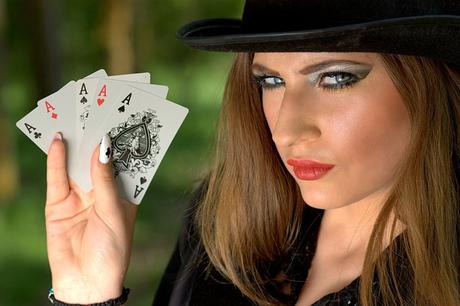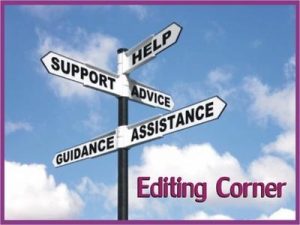Elizabeth Black writes in a wide variety of genres including erotica, erotic romance, horror, and dark fiction. She lives on the Massachusetts coast with her husband, son, and her two cats.
Web site: http://elizabethablack.blogspot.com
Facebook: https://www.facebook.com/elizabethablack
Twitter: http://twitter.com/ElizabethABlack
Amazon Author Page: https://www.amazon.com/author/elizabethblack
Newsletter: http://eepurl.com/b76GWD
___
I just returned from Necon, which is a New England convention for writers held every July in Portsmouth, Rhode Island. It’s mostly for horror but science fiction and fantasy are also covered. The thing I like best about cons like Necon is that they are very informal. You don’t have to wait hours in a queue and pay hundreds of dollars to get a celebrity writer to sign a book or photograph for you. Everyone is on equal footing. It’s like an informal party held at a friend’s house, but with books.
Another convention I had gone to that was in a similar vein was the Stanley Hotel Writers Retreat. That one is also for horror, obviously since it was held in the hotel that inspired Stephen King to write The Shining. It was just as informal and relaxed, but in a spookier and more scenic setting.
This year’s Guest of Honor at Necon was Dana Cameron, who wrote the Emma Fielding mysteries that were made into movies on Hallmark Movies and Mysteries. Her main character is an archeologist. You may have seen these movies and/or read her books. If you haven’t, look her up on Amazon. She wrote Sight Unseen and Past Malice, for starters. I discovered her after my husband and I saw the two movies on Hallmark. I’d never heard of her and bought one of her books. Turns out she lives in Boston, is friendly with New England writers I already know, and has a Facebook page. Of course I friended her. When I met in her person at Necon we chatted quite a bit and she signed the book for me. She’s also agreed to appear on a podcast with Marsha Casper Cook and I. We’re scheduling that for the near future.
Another guest was Charlaine Harris, who wrote the Sookie Stackhouse books the TV series True Blood is based on. I discovered her books after getting hooked on the show. I liked how she took vampires and made them like ordinary people. They pay taxes. They need car repairs. They unclog the sink. Normal stuff. She was unable to appear on the podcast but she signed one of her Sookie Stackhouse books for me. I loved hearing her talk about world building and her characters when she was on a panel.
It’s always fun to meet your favorite writers in person. Talking to them makes them feel more accessible and it takes the “OMG!” feeling away. After, all they are just as human as we are. They shower. Drink whisky. Eat meals. Tend to their kids, spouses, partner, etc. Networking is good and meeting people, especially writers you admire, at a convention is one way to do it.
When I first emailed and talked to Joe R. Lansdale I was over the moon. He’s one of my favorite writers. He wrote the books the Sundance TV series Hap and Leonard was based on. I’ve read most of those books. He also wrote Bubba Hotep and An Incident On And Off A Mountain Road, both of which were either turned into movies or TV episodes. He was both friendly and funny. He appeared on my podcast twice and he was a pleasure to talk to each time. I kept my giggling and hyperventilating in check.
I’m always happy to meet writers I admire, and I’m especially happy to get them on my podcast. I haven’t done a podcast in quite a while and I’m ready to start up again. There are more conventions coming up this summer and fall and I’ll meet even more writers. These conventions feel like happy, informal parties and I welcome them. I tend to see the same people all the time so it’s like a reunion. I’m looking forward to the next one.










